Lowell Mausoleum
The final resting place of the businessman-turned-astronomer who helped discover Pluto stands near his observatory.
A small mausoleum located on a windswept mountainside is the final resting place of a businessman-turned-astronomer whose work led to the discovery of Pluto.
Just steps away from a historic telescope on the property of Flagstaff’s Lowell Observatory, the small, domed structure contains the remains of Percival Lowell, a wealthy and connected member of a prominent Boston family. While his background included running cotton mills and diplomatic visits to Asia, Lowell became fascinated by what he thought were “canals” on Mars and decided, in his late 30s, to study astronomy and map them.
After building an observatory in 1894, Lowell spent the rest of his life studying the sky. And while his maps of the Martian canals have been disproved, his facility and research greatly added to our knowledge of our universe and led to the discovery of Pluto. Lowell theorized there was an unseen ninth planet and, though he died before Pluto was discovered, a member of his observatory staff, Clyde Tombaugh, was the one to do so.
Lowell died in 1916. As his mausoleum was being constructed, his coffin sat out on the hill nearby in a burial vault. He was finally interred in 1923. Later on, the framework surrounding the pieces of stained glass in the mausoleum’s dome started to leak and rust in the Flagstaff weather, resulting in reddish color tracks that ran down its sides. While that tint was pretty scenic on fall evenings, the observatory trust decided in the late 1990s to add a cover for protection and weather-proofing, and they cleaned up the red streaks.
You can still peek through the grate covering the door and look up at the blue and purple panes of stained glass that let in the light of the night sky that fascinated Percival so much.




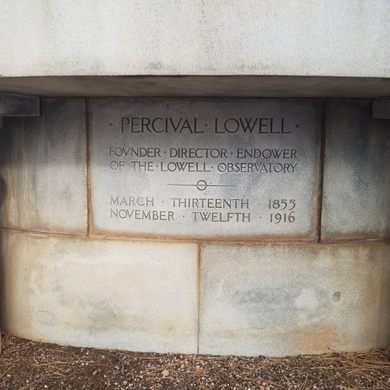
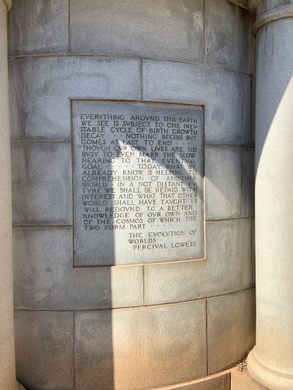
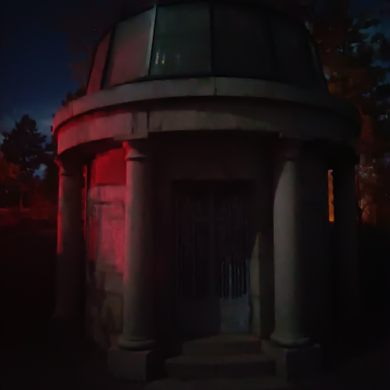
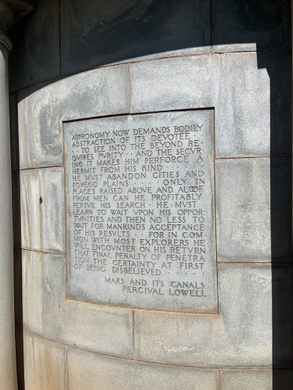
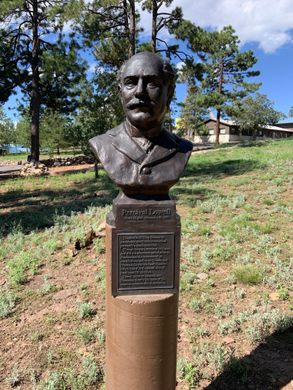






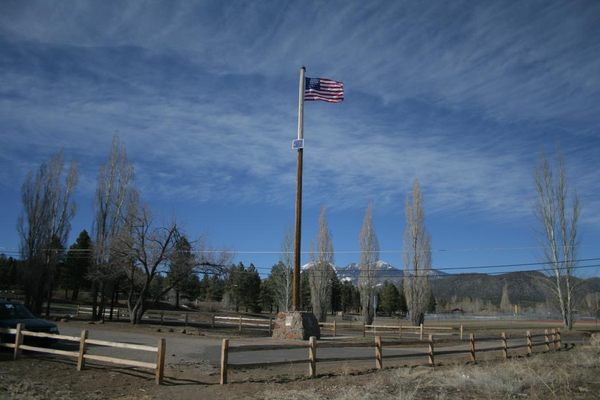

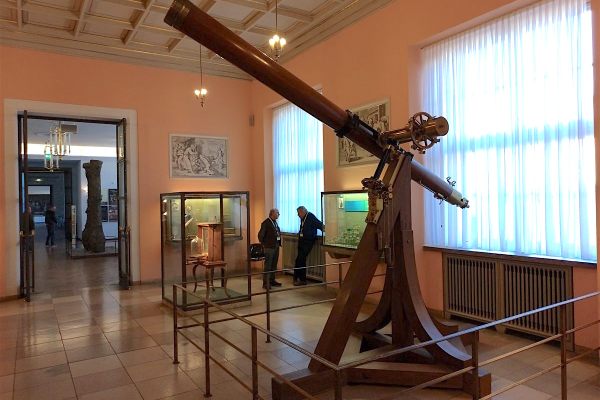



Follow us on Twitter to get the latest on the world's hidden wonders.
Like us on Facebook to get the latest on the world's hidden wonders.
Follow us on Twitter Like us on Facebook